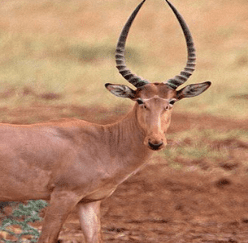
Beatragus hunteri
Beatragus hunteri,Hirola,Herola,Four-eyed hartebeest
Hirola (scientific name: Beatragus hunteri) is also known as Hirola and Hero···
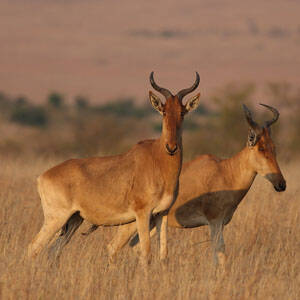
Alcelaphus buselaphus
Alcelaphus buselaphus,Red Hartebeest
Red Hartebeest (scientific name: Alcelaphus buselaphus) is also known as Red···
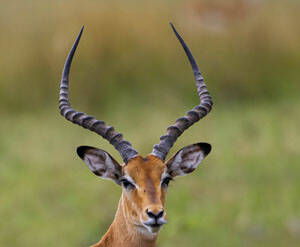
Aepyceros melampus
Aepyceros melampus,Impala,Common Impala
Impala (scientific name: Aepyceros melampus) is also known as Impala and Com···
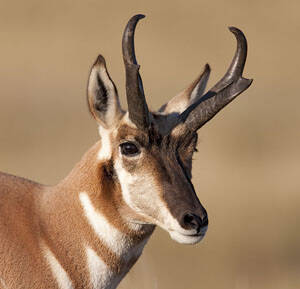
Antilocapra americana
Antilocapra americana,pronghorn,American Antelope
Pronghorn (scientific name: Antilocapra americana) is also known as pronghor···
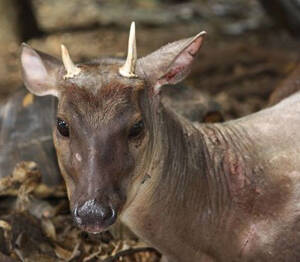
Mazama americana
Mazama americana, Red Brocket, Corzuela Colorado、Corzuela Roja, Veado-mateiro
Red Brocket (scientific name: Mazama americana) is called Red Brocket in Eng···
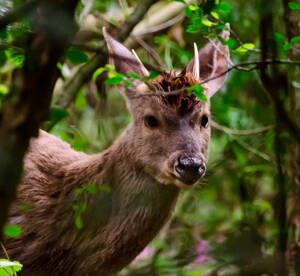
Mazama gouazoubira
Mazama gouazoubira, Gray Brocket、Brown Brocket,Cabra Silvestre、Corzuela Común、Corzuela Parda、Guazu、Guazu Virá Corça、Veado-catingueiro
Gray Brocket (scientific name: Mazama gouazoubira) is called Gray Brocket an···
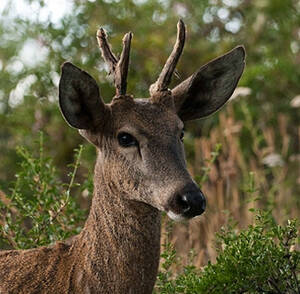
Hippocamelus bisulcus
Hippocamelus bisulcus,Patagonian Huemul
Chilean Huemul (scientific name: Hippocamelus bisulcus), also known as Patag···
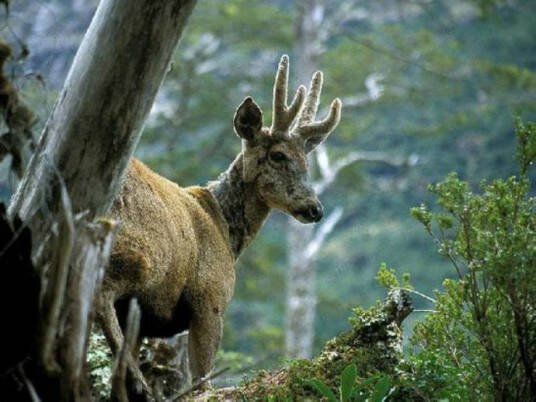
Hippocamelus antisensis
Hippocamelus antisensis
The Peruvian horse moose, whose scientific name is Hippocamelus antisensis, ···
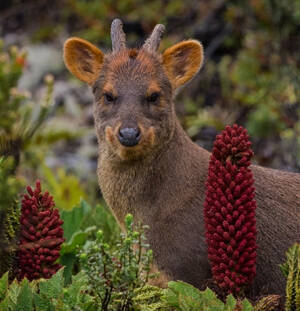
Pudu puda
Pudu puda,Southern Pudu
Chilean Pudu (scientific name: Pudu puda) is called Southern Pudu in foreign···
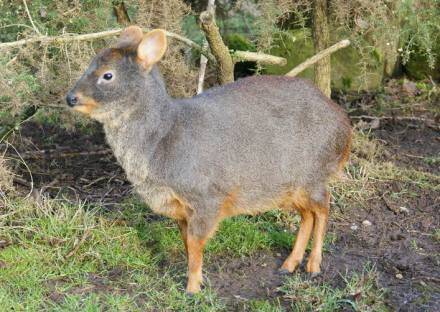
Pudu mephistophiles
Pudu mephistophiles,De Winton
Pudu mephistophiles (De Winton) is also known as the northern Pudu deer.Pudu···
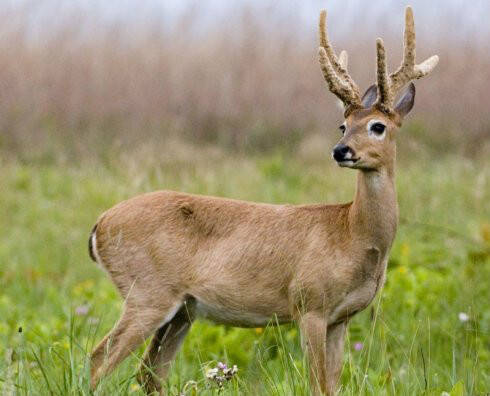
Ozotoceros bezoarticus
Ozotoceros bezoarticus
The scientific name of the steppe deer is Ozotoceros bezoarticus, which is a···
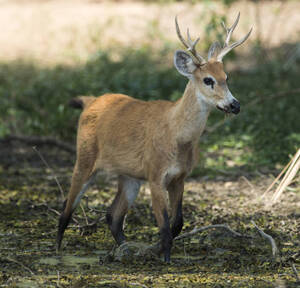
Blastocerus dichotomus
Blastocerus dichotomus,Swamp Deer
The South American Swamp Deer (scientific name: Blastocerus dichotomus), als···
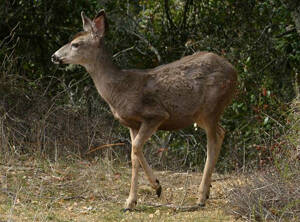
Odocoileus hemionus
Odocoileus hemionus,Mule Deer、Black-tailed Deer、Cedros Island Mule Deer、Cedros Island Black-tailed Deer
Mule Deer (scientific name: Odocoileus hemionus) is also known as Mule Deer,···
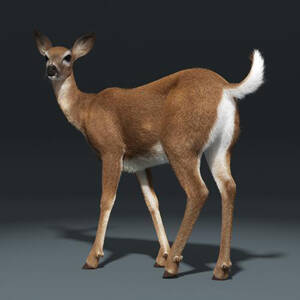
Odocoileus virginianus
Odocoileus virginianus,White-tailed Deer,Key Deer,Key Deer Toy Deer, Cariacú, Venado Cola Blanca,Virginia Deer
White-tailed Deer (scientific name: Odocoileus virginianus) English White-ta···
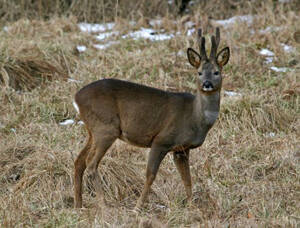
Capreolus pygargus
Capreolus pygargus,Siberian Roe Deer,Eastern roe deer,Siberian Roe,Oriental roe deer, roe deer, dwarf deer, roe deer
Siberian roe deer (scientific name: Capreolus pygargus) is also known as Sib···
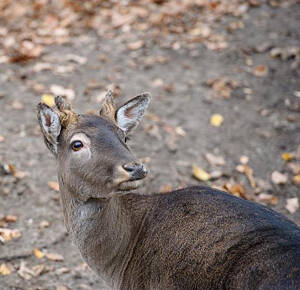
Capreolus capreolus
western roe deer,Capreolus capreolus,European roe deer
Western roe deer (English: western roe deer, scientific name: Capreolus capr···
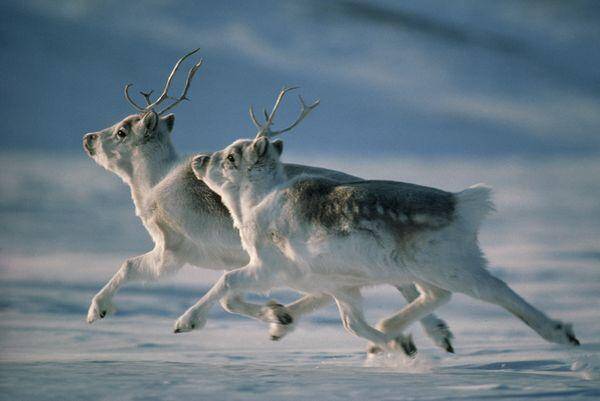
Rangifer tarandus
Rangifer tarandus,Reindeer
Reindeer (scientific name: Rangifer tarandus) is called Reindeer in foreign ···
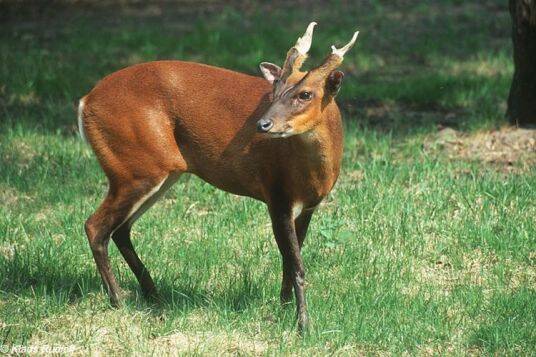
Muntiacus vaginalis
Muntiacus vaginalis,Barking Deer、Indian Muntjac、Indian Red Muntjac、Northern Red Muntjac,Northern Red Muntjac
The scientific name of Indian Red Muntjac is Muntiacus vaginalis. Its foreig···
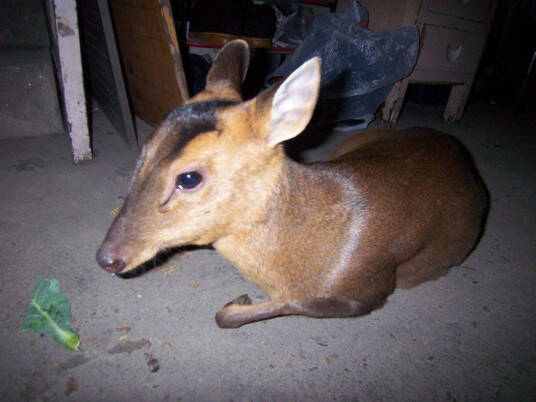
Muntiacus truongsonensis
Muntiacus truongsonensis,Annamite Muntjac、Annam Black Muntjac、Annamite Dark Muntjac、Pygmy Muntjac、Truongson Muntjac、Truong Son Muntjac
The scientific name of the Truong Son Muntjac is Muntiacus truongsonensis, a···
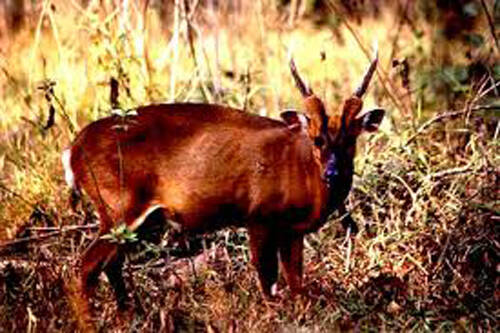
Muntiacus rooseveltorum
Muntiacus rooseveltorum,Muntjac,Roosevelts' Barking Deer,Roosevelt Muntjac, Barking Muntjac
Roosevelt's Barking Deer is a subspecies of the Barking Deer, and was pr···
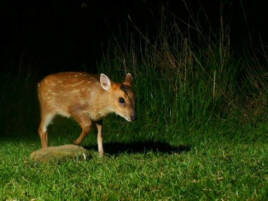
Muntiacus putaoensis
Muntiacus putaoensis,Leaf Muntjac,Leaf Deer,Fossil muntjac
Leaf Muntjac (scientific name: Muntiacus putaoensis) is also known as Leaf M···
